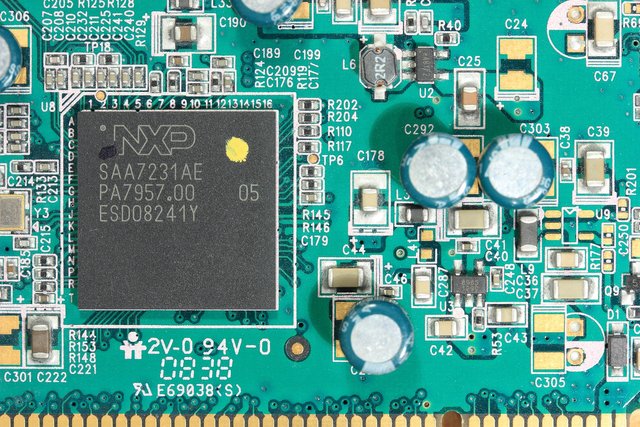Lightspeed Electronics
Silicone electronics do have their physical limits – some of them are connected to the speed of the components. But when you crossbreed electronics with optical devices you could get sophisticated and insanely fast.

Image by olafpictures from Pixabay
- Be also sure to check out my other posts and follow me @kralizec and subscribe to my Youtube channel at Kralizec Gaming Youtube Channel
A billionth of a second just isn't enough
Components of current electronics are traditionally based on silicon semiconductors that can change their state in a matter of just a picosecond (10 to the power of minus 12 seconds). Standard smartphones and computers work on a frequency of a few gigahertz – billions of hertz and individual transistors are capable of reaching a frequency of around one terahertz (10 to the power of 12 hertz). But making the electronic components any faster is just really hard.
Recently this problem was cracked by a team from the Universität Konstanz and their research was published by the journal Nature Physics. Alfred Leitenstorfer and his coworkers experimentally proved that using adapted light-waves they can manipulate electrons to make them move faster than every femtosecond (10 to the power of minus 15 seconds). This is a breakthrough for any future electronics.
Golden antennas and insanely fast lasers
Leitenstorfer's team's research included optical nano-antennas made from gold and an ultrafast laser capable of producing 100 million pulses a second. The design of the antenna allowed the scientists to concentrate the electric field of the laser pulse into an area of a width of just 6 nanometers. This allowed them to switch the electronics every roughly 100 attoseconds. The whole process will take less than half of the period of oscillation of the laser pulses electric field.
This research opens the door for new opportunities to research and understand how light interacts with matter possibly allowing us to observe quantum phenomena in unparalleled time and space resolution. Scientists will now be able to study the movement of electrons in sophisticated better than ever before.
Sources:
- If you like the content I’m producing about science maybe you will like the content I produce about gaming as well! Be sure to check out my other posts!
Super brother. But it's too bad it's gold. It will attract the attention of thieves. Thanks for information.
The amount of gold in nanoscale antennas is so small that it will not be worth it :)
it is also right. Some thieves were stealing electrical cables because they were copper. it came to my mind. haha :)
Couldn't logic gates be made using light and mirrors, or light sensitive materials? I've been thinking about this for the past few day, and this article at least proves it's possible.
Posted using Partiko Android